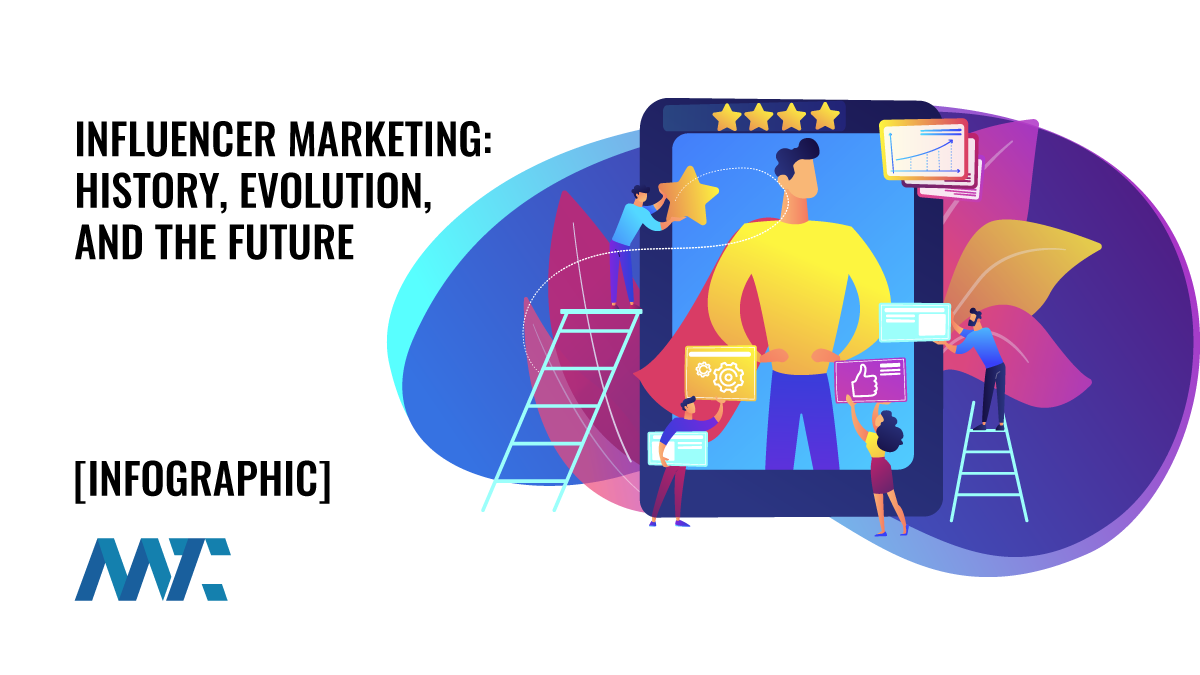Influencer marketing has transformed how brands engage their audiences. By leveraging the voices of individuals with trust and influence, companies can authentically connect with consumers and drive action. But how did we get here? Influencer marketing isn’t as new as you might think — it’s a strategy that’s been evolving for centuries, shaped by culture, technology, and consumer behavior.
What is Influencer Marketing?
Influencer marketing is a strategy where brands partner with individuals with strong following, expertise, or credibility in a specific niche to promote products or services. Unlike traditional advertising, it relies on the influencer’s authenticity to resonate with audiences and build trust.
The Origins of Influencer Marketing
Influencer marketing isn’t new. The seeds of this strategy were planted centuries ago with key figures acting as brand ambassadors. Here are the major historical milestones:
- Royal Endorsements: Think of Queen Charlotte endorsing Wedgwood fine china in the 18th century. Royal approval cemented the product’s prestige.
- Fictional Characters:Santa Claus and Tony the Tiger became icons, building brand trust through personality and consistency.
- Sports and Celebrity Endorsements: Figures like Michael Jordan (Air Jordans) and movie stars popularized products, paving the way for modern celebrity influencers.
The Modern Era of Influencers
With the rise of the internet and social media, influence transitioned from exclusive celebrity endorsements to everyday individuals. Platforms like Instagram, YouTube, TikTok, and Snapchat have enabled content creators to build loyal followings. Influencers are now:
- Experts and educators in niches like beauty, gaming, and fitness.
- Relatable personalities who share authentic stories and experiences.
- Trusted sources of recommendations in the digital age.
This shift is why 70% of teens say YouTubers are more relatable than celebrities, and 88% of people trust online recommendations as much as those from friends and family.
The Influence Ecosystem Today
Modern influencers fall into different categories based on audience size and specialization:
- Mega Influencers – Celebrities and stars with millions of followers.
- Macro Influencers – Industry leaders with broad reach (500K–1M).
- Micro Influencers – Niche experts with dedicated audiences (10K–500K).
- Nano Influencers – Everyday consumers with small, highly engaged followings (<10K).
Each category serves a unique role. Brands can achieve broad awareness with mega influencers or targeted engagement with nano influencers.
Social Media and Influencer Platforms
Today’s influencers thrive on platforms tailored for content sharing and audience interaction:
- Facebook: Versatile for videos, photos, and long-form posts.
- Instagram: The hub for lifestyle influencers with a focus on visual storytelling.
- Snapchat: Ephemeral content perfect for real-time updates.
- TikTok: Short, creative videos engaging younger audiences.
- YouTube: The go-to platform for tutorials, vlogs, and long-form content.
- X (formerly Twitter): Ideal for real-time updates, trending conversations, and engaging audiences through concise, impactful posts.
While influencer marketing brings opportunity, it also faces scrutiny. Regulatory bodies like the FCC require transparency, mandating labels such as #ad and Sponsored Content to distinguish promotional posts from organic content.
Failure to comply can damage trust and brand reputation. However, proper disclosure enhances credibility as consumers increasingly prioritize authenticity.
The Future of Influencer Marketing
The influencer marketing industry is evolving beyond vanity metrics like likes and follows. Brands are prioritizing:
- Real ROI with measurable outcomes like engagement, conversions, and brand loyalty.
- Authentic Relationships between influencers and their audiences.
- Emerging Technologies like AI to identify micro-influencers and predict trends.
As technology advances, anyone can become an influencer, creating opportunities for brands and individuals to connect meaningfully.
To quote Seth Godin, People can smell the agenda of a leader. This has never been more true when it comes to influencer marketing. To maintain fiercely loyal fans, you must love and believe in what you’re endorsing.
Mari Smith via Inc.
Start building authentic, impactful campaigns today. Whether targeting nano influencers for niche engagement or macro influencers for widespread visibility, the right strategy can transform your brand’s success. Learn more about the evolution of the influencer from this infographic!
